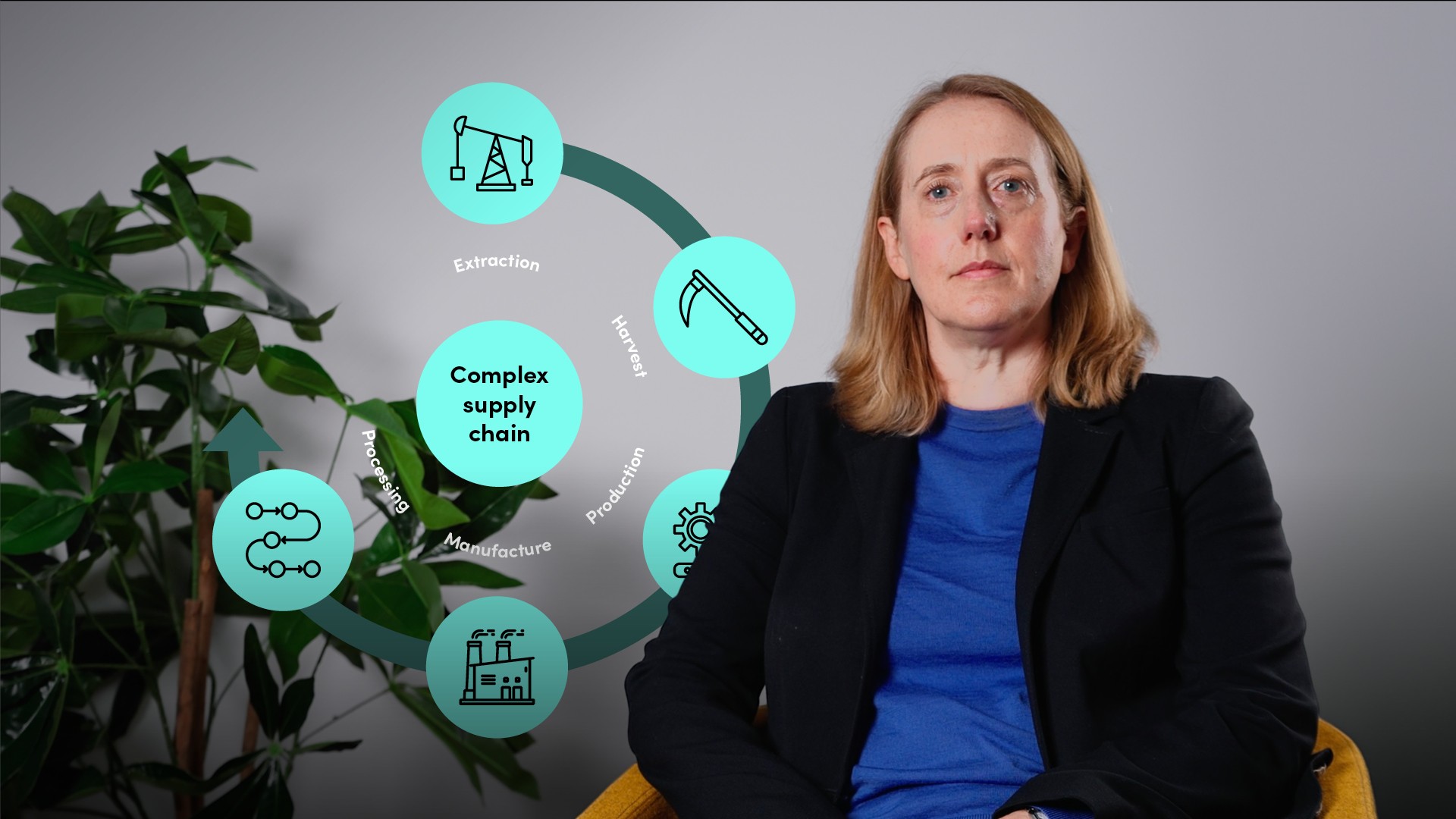
Publishing a Modern Slavery Statement

Sarah Ozanne
Learn how to create a modern slavery statement step by step. Join Sarah Ozanne from CMS as she explores identifying risks, meeting legal requirements and taking action against modern slavery in supply chains.
Learn how to create a modern slavery statement step by step. Join Sarah Ozanne from CMS as she explores identifying risks, meeting legal requirements and taking action against modern slavery in supply chains.
Subscribe to watch
Access this and all of the content on our platform by signing up for a 7-day free trial.

Publishing a Modern Slavery Statement
11 mins 16 secs
Key learning objectives:
Understand the UK modern slavery statement requirements
Identify steps to check for modern slavery in your organisation
Outline examples of retail action against modern slavery
Overview:
Subscribe to watch
Access this and all of the content on our platform by signing up for a 7-day free trial.
- Provide goods or services
- Operate all or part of their business in the UK
- Have a global turnover of £36 million or more
- The organisation’s structure and supply chains
- Policies and due diligence processes on modern slavery and human trafficking
- Risk areas in its business and supply chain, along with mitigation strategies
- Performance indicators to measure progress
- Staff training on modern slavery awareness and prevention
- Ensuring employment contracts and right-to-work checks are in place
- Training staff to identify and report modern slavery concerns
- Mapping the supply chain to assess and address risks
- Implementing new supplier assessments, such as questionnaires, site visits, and evidence reviews
Subscribe to watch
Access this and all of the content on our platform by signing up for a 7-day free trial.

Sarah Ozanne
There are no available Videos from "Sarah Ozanne"





























